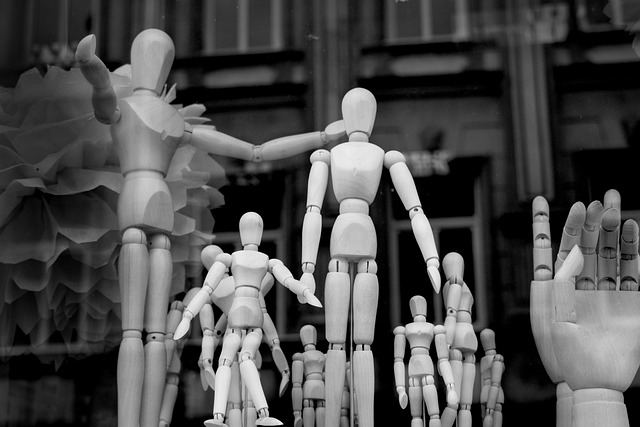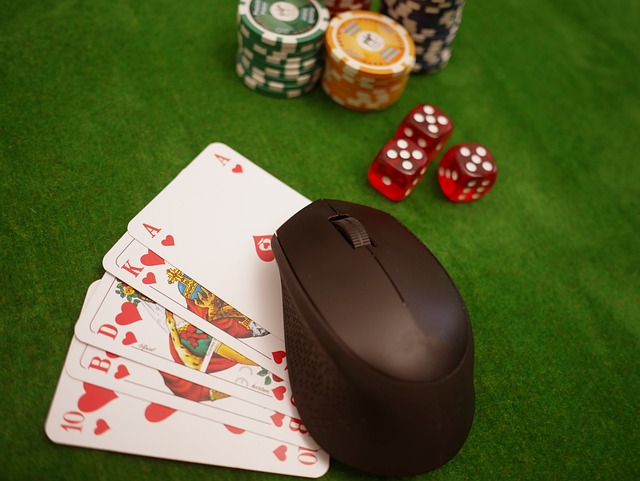Inventors are often lauded for their innovative thinking, but it’s important to remember that many of the devices and technologies we use today have their origins in the distant past. From the humble wheel to the printing press, ancient inventions have had a profound and lasting impact on the world. Today, our technologies can develop so we can use them more efficiently. Technologies help us in all spheres. So you can gamble at home at the 22 Bet ng and not visit the real casinos. Here are 10 ancient inventions that we still use today.
The Wheel
The wheel is perhaps the most ubiquitous of all ancient inventions and its use can be traced back to Mesopotamia in the late 4th millennium BCE. The first wheels were simple wooden discs with a hole in the center for an axle. Over time, the wheel was adapted for use on chariots, wagons, and other vehicles. Today, wheels are an essential part of almost all types of transportation.
The Printing Press
The printing press was invented by German Johannes Gutenberg in the mid-15th century and revolutionized the way information was disseminated. Prior to the printing press, books were handwritten, and copying them was a time-consuming and labor-intensive process. The printing press allowed for the mass production of books, which made knowledge more accessible to the general public. The printing press is also credited with sparking the Renaissance.
The Compass

The compass is another ancient invention with a long and fascinating history. The earliest compasses were probably used by the Chinese for divination and date back to the 2nd millennium BCE. It wasn’t until the 12th century, however, that the compass was adapted for use in navigation. The magnetic compass allowed sailors to determine their position and plot a course even when they couldn’t see the sun or stars.
The Telescope
The telescope was invented in the early 17th century by Dutch optician Hans Lippershey. The first telescopes were relatively primitive, but they allowed astronomers to make important discoveries about the universe. With the development of more powerful telescopes, astronomers were able to observe the moons of Jupiter, the rings of Saturn, and the galaxies beyond our own.
The Steam Engine
The steam engine was invented by Scottish engineer James Watt in the late 18th century. It was originally used to power pumps in mines, but it was quickly adapted for use in locomotives and other vehicles. The steam engine was a key factor in the Industrial Revolution and the development of modern transportation.
The Sewing Machine
The sewing machine was invented by French tailor Barthelemy Thimonnier in 1830. Thimonnier’s machine was capable of sewing straight stitches and was quickly adopted by the French military. The sewing machine rapidly spread to other countries and became an essential tool in the garment industry. Today, sewing machines are used in a variety of settings, from home sewing to commercial manufacturing.
The Telegraph

The telegraph was invented by Samuel Morse in 1837 and revolutionized long-distance communication. Prior to the telegraph, the only way to send a message over long distances was to use a system of Semaphore towers. The telegraph allowed messages to be sent almost instantaneously, which paved the way for the development of the telephone and the internet.
The Camera
The camera was invented by French inventor Joseph Nicephore Niepce in 1826. Niepce’s camera was capable of capturing images on a piece of paper coated with light-sensitive chemicals. The invention of the camera led to the development of photography, which has become an essential part of our lives.
The Light Bulb
The light bulb was invented by Thomas Edison in 1879 and quickly became a staple of modern life. Edison’s original light bulb was made of a filament of carbonized bamboo. Today, light bulbs come in a variety of shapes and sizes and are used in homes, offices, and public spaces around the world.
The Clock
The clock is another ancient invention that we still use today. The first clocks were probably sundials, which were used to track the position of the sun. The first mechanical clocks were developed in the 14th century and used a system of gears and weights to keep time. Today, clocks are ubiquitous and come in a variety of forms, from wristwatches to digital wall clocks.


